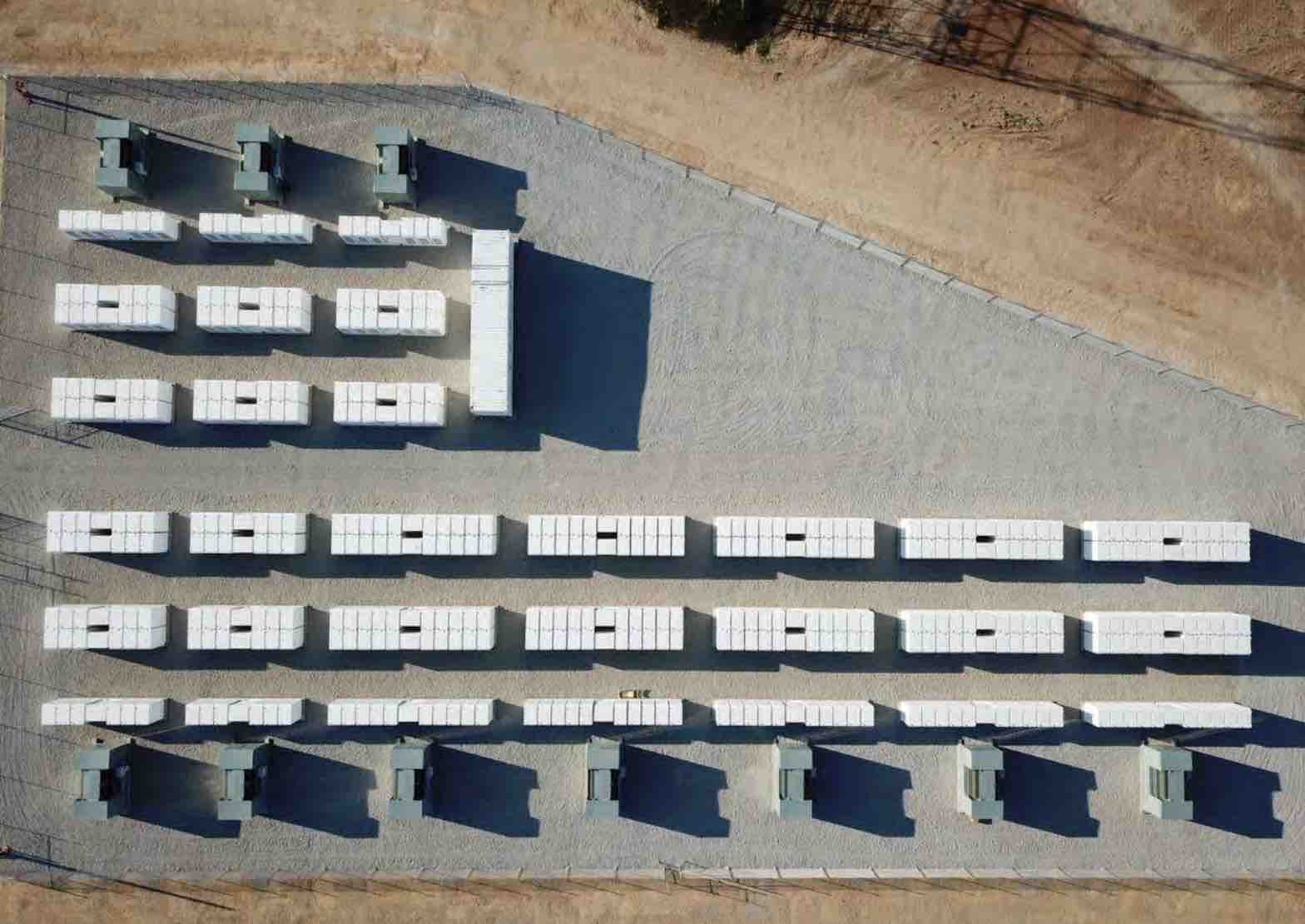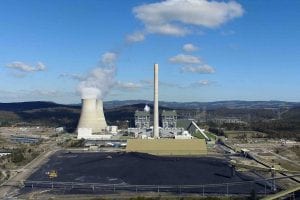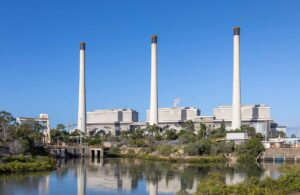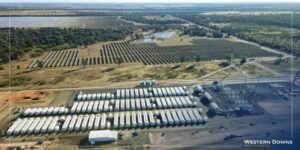Federal energy minister Angus Taylor’s plans to introduce a new capacity market mechanism that would favour legacy coal generators appears in tatters after Victoria joined New South Wales in rejecting the idea dubbed “Coalkeeper.”
The opposition from the two key states – and the two biggest state grids in the country – comes ahead of a key meeting of federal and state energy ministers next Friday, and leaves the market unsure what, if any, new rules will be agreed in the Post2025 design being co-ordinated by the Energy Security Board.
The proposals for the “physical retail reliability option” have been described as “technology neutral” by Taylor and the ESB, but the market is convinced that they would effectively pay coal and gas generators paid to remain open, and Victorian energy minister Lily D’Ambrosio said she would have none of that.
“Victoria wants to reassure investors in wind and solar farms and storage such as giant batteries that it will not adopt any mechanism within the NEM that undermines the state’s ambition to cut carbon emissions,” D’Ambrosio said in a statement.
D’Ambrosio said some form of a capacity mechanism is a possible solution to the lack of investment certainty – but it must be designed properly.
“I couldn’t be clearer about two principles Victoria has for any new capacity mechanism. The first is that there be no payments to incumbent fossil fuels generators. The second is there must be payments to new zero emissions technology,” she said.
“Victoria is the pre-eminent place for investment in the new zero emissions energy capacity and we don’t want to see investors lose confidence.”
D’Ambrosio’s comments follow similar remarks by NSW energy Matt Kean earlier this month when he said he would favour direct negotiations with coal generator owners, as Victoria has done with Yallourn owner EnergyAustralia, bringing forward its closure to 2028, but ensuring it stays open until then.
As RenewEconomy predicted several weeks ago, the opposition from Victoria and NSW effectively kills the scheme, because no other states are strong supporters. They all want mechanisms that favour fast and flexible dispatchable capacity, and that could be battery storage, demand response, and pumped hydro installations.
Given the lack of any sensible and meaningful proposals from the federal government, it now appears certain that most states will want to go it alone on policy – as they have done on renewable and emissions targets – and in the way that NSW has done with its renewable infrastructure roadmap.
It is an extraordinary set back for Taylor and the ESB, who still had yet to flesh out the details of the PRRO, yet apparently saw it as a way to delay the closure of Australia’s ageing fleet of coal fired generators. Only a few coal generation companies voiced any sort of support.
D’Ambrosio said that the ongoing uncertainty over federal government policy, which extends to both the unresolved electricity market reforms and ongoing uncertainty over Australia’s future climate change commitments, had forced the state government to step in and set its own path forward.
Victoria has significant skin in the game when it comes to coal power station closures, with EnergyAustralia set to begin the decommissioning of the 1,450MW Yallourn power station, located in the Latrobe Valley, from 2028.
To avoid a repeat of the troubles caused by the sudden closure of the Hazelwood power station in 2017, the Victorian government has negotiated with EnergyAustralia around the closure of the Yallourn power station.
While the details of the EnergyAustralia deal are not publicly known, it likely involves some level of payments to the generator to underpin its financial viability until 2028 while also ensuring workers and affected communities are provided support following its closure.
The stance mirrors that of the NSW government, with energy minister Matt Kean recently telling an event hosted by RenewEconomy last month that he would prefer to engage directly with the state’s coal generators about their future, rather than seeing NSW energy consumers lumped with the costs of a new capacity market.
He has also made clear that it is possible that all coal generators in the state could be closed by 2030, as urged by the UN and scientific bodies. Three of them – Liddell, Vales Point and Eraring – are due to close by 2032, leaving Mt Piper and Bayswater still operating according to current schedules.
Kean’s roadmap will see up to 12GW of new wind and solar projects, with an additional 2GW of storage capacity, built by 2030, spread across five different renewable energy zones. It is a market with a high degree of central control.
As D’Ambrosio indicated on Friday, proposals to keep coal power stations operating for longer could also jeopardise state government renewable energy targets that are predicated on coal being phased out and replaced by renewables.
“We won’t jeopardise our commitment to halve emissions and reach 50% renewables by 2030 by making additional payments to coal and gas,” D’Ambrosio tweeted.
The chair of the ESB, Kerry Schott, told a Clean Energy Council forum on Thursday that the intention of the PRRO was not to keep coal generators in the energy system but that the final details of the proposal were yet to be worked out.
But an apparent rejection of the proposal by Australia’s two largest states raises serious questions around whether it will be possible for energy ministers to agree on a design for a capacity mechanism, especially with a federal government so intent on preventing any early closures of coal plants.
The confirmation from D’Ambrosio of the Victorian government’s position has been welcomed by environment and clean energy groups, who say that such a proposal could jeopardise investment in new wind, solar and storage projects.
One energy consultant suggested that the ESB should be wound up.
“As Australia’s energy sector moves into what is a critical decade for action on climate change, we should be asking if the ESB is the right body to help decarbonise our energy system,” Stephanie Bashir said in an opinion piece.
“The states are pressing ahead with the clean energy transition. It’s time for the federal government to commit itself to the orderly wind up of the ESB and develop mechanism in consultation with the states and industry that rewards new flexible generation and storage.”
Environment Victoria D’Ambrosio is right to reject any changes that would undermine the transition to renewables.
“We need governments to accelerate the roll-out of renewable energy, storage and grid upgrades to replace coal. Minister D’Ambrosio is right to focus on this rather than the Morrison government’s attempt to keep highly polluting coal power stations in the system,” EV’s Dr Nicholas Aberle said.








